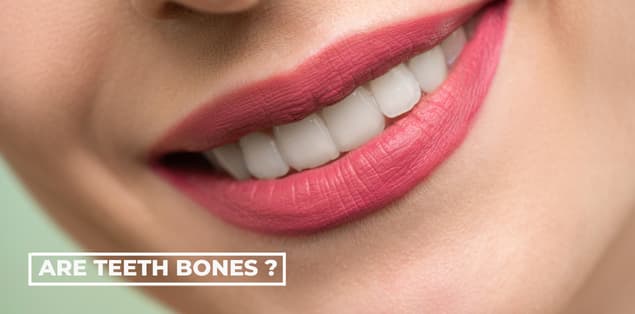So, are teeth bones? Similar to the appearance of bones, teeth are hard and white. They also store calcium in the same way that bones do. Because of these striking parallels, you might be curious about whether or not teeth are bones.
It is a very interesting question. As you continue reading, we will discuss the materials that make up your bones and teeth, as well as the distinctions between the two.
Because of this, let’s not squander anymore of our time and instead go straight into the topic, shall we?
Are Teeth Considered Bones?
No.
The dentition of teeth and bones makes up the toughest parts of the human body. Both of these things have calcium in them, and when combined, they make up 99 percent of the mineral in your body. The remaining one percent of calcium is present in your blood.
But beyond that, there aren’t any other parallels. Bone is a living tissue of a collagen scaffold structure filled with calcium phosphate. Bone is a mineralized form of the mineral hydroxyapatite. Because of this, it is both sturdy and adaptable. It continually regenerates itself and undergoes repair if harmed.
Both teeth and bones have a similar appearance and share several similarities, including the fact that they are the most durable things in the body. However, teeth are not composed of bone at all.
According to the dental hygienist and therapist Cat Edney, “Bone and teeth have a totally distinct structure. Teeth are composed of nerve tissue, dentine, and an enamel covering that has the consistency of a hard shell. Even though enamel is the toughest human body tissue, acids and germs may still damage it. Also, it can get chipped if we don’t care for our teeth adequately.”
Both of these items may contain calcium contributes to this misconception. For example, the calcium found in your bones and teeth makes up more than 99 percent of the calcium in your body. However, less than one percent of the chemical is in your blood.
Despite this, the compositions of the structures of teeth and bones are quite unlike one another in terms of the components they include. Their distinctions influence how they recover and how they should be cared for. Teeth decay can destroy your tooth enamel, so make sure you treat tooth decay and have good dental health. Baby teeth and adult teeth consist
What Are Teeth Made Of?
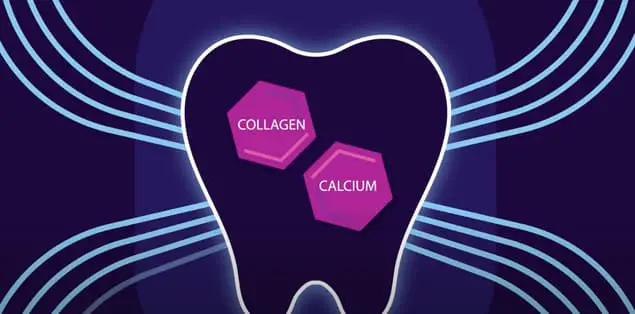
Your teeth are composed of many layers, each of which we may classify as hard or soft tissue. The tougher components of the tooth are the enamel, dentin, and cementum. The pulp, on the other hand, is the softer tooth element.
The tough upper layer is called enamel, formed of minerals like calcium phosphate. Despite the presence of calcium phosphate in your bones, the enamel of your teeth is far more durable than your bones. But teeth are the part of your body most prone to breaking. But, on the other hand, enamel does not have any live tissue inside it in the same way as your bones do.
Dentin, a tissue that resembles bone and is present under the enamel of your teeth, is responsible for the majority of the structure of your teeth. It is vulnerable to germs that might result in tooth sensitivity and cavities.
In the layer that follows, you’ll find cementum. It is a structure that resembles bone and surrounds the root of each of your teeth. It is beneficial in the process of attaching the tooth to the bone that surrounds the tooth. The majority of its composition consists of protein polysaccharides and type I collagen.
The pulp is the term used to describe the soft center of your tooth. Pulp is a living tissue that consists of connective tissue, nerves, and blood vessels in addition to other types of tissue.
What Are Bones Made Of?
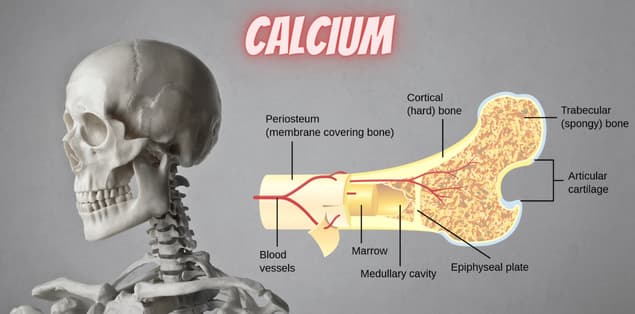
Calcium.
Our bodies are held together by our skeleton, which is composed of bones. Two hundred six bones make up the skeleton of an adult person. These comprise the bones of the ribcage, arms, and legs, as well as the skull and vertebrae of the spine.
The connective tissue that makes bones are fortified with calcium and contains specialized bone cells. The bone marrow found within most bones is where your body forms blood cells.
Bones, muscles, and joints all work together to keep our bodies together and support our ability to move freely. We refer to this part of the body as the musculoskeletal system. The skeleton not only helps to form and support the body, but it also helps shield the body’s most fragile organs, such as the brain, heart, and lungs.
Most of the calcium found in our bodies is in our bones. Bone tissue is continually being formed by the body and degraded to meet its needs. Therefore, you require a healthy diet, frequent weight-bearing activity, and the appropriate amounts of several hormones for healthy bones.
Are Teeth Part of the Skeletal System?
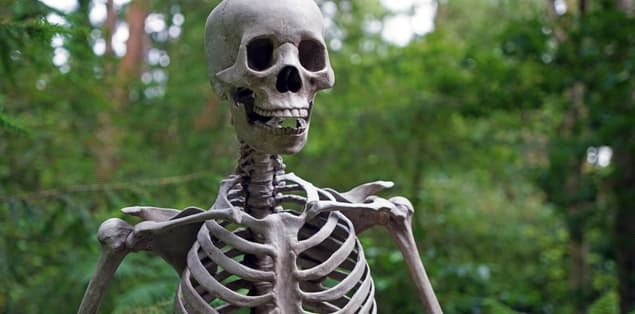
Yes, they are.
But, even though they are a component of the skeletal system, teeth are not bones. Instead, hardened calcified tissues form teeth. Teeth are inside the bones, and each tooth has its own recess, sometimes known as a socket, in which it is housed. Pulp and roots are inside each tooth, and both pulp and roots include blood arteries and nerves.
Bones Vs. Teeth
Teeth
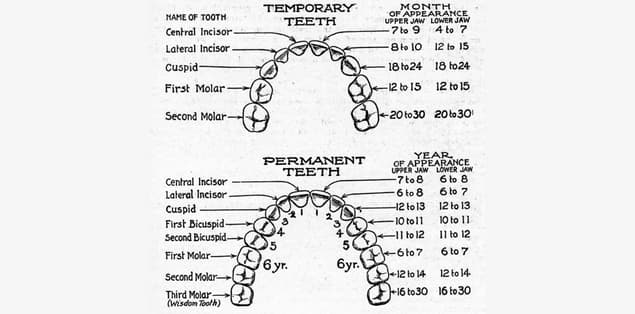
Most of your tooth structure is composed of calcium. A substance called calcium phosphate, or at the very least, the enamel on your teeth, composes teeth. The enamel that covers teeth is the most durable substance found elsewhere in the human body.
Because it is composed nearly completely of calcium phosphate, it is very brittle. However, given that it is devoid of any true living stuff, this also means that it is unable to cure itself if you break it or harm it.
The bulk of the material that makes up each tooth is in the dentin, located underneath the enamel layer. The pulp, often known as the soft middle of the tooth that houses the nerve, may be found directly underneath this. One may make a comparison between this and bone marrow.
Teeth don’t produce bone marrow.
Bone
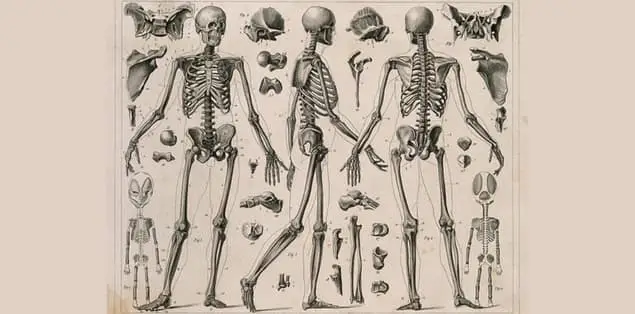
In contrast, bone is composed mostly of collagen, calcium phosphate, and other minerals. Despite its mineral-like appearance, collagen is essentially a kind of protein (like calcium phosphate). The living tissue that continually regenerates into new bone is what makes up bones. If a bone is fractured or otherwise injured, it can mend independently.
You can find the bone marrow at the center of the soft tissue that fills the cavity of the bone. Inside the hollow centers of some bones lies a mushy, fatty tissue known as the bone marrow. This tissue is responsible for the production of blood cells. New bone growth is slower than compared to teeth growth.
White blood cells and bone cells rush to treat an injury whenever there occurs one.
Differences
In addition to minor structural variations in their composition, teeth and bones are distinguished from one another by one significant and essential characteristic: the capacity to repair. The fact that teeth cannot mend themselves is the primary characteristic that sets them apart from the bones in your body.
This is one of the many reasons why maintaining a high standard of oral hygiene is of the utmost significance. Regularly brushing, flossing, using mouthwash, and seeing your dentist regularly are all good ways to guarantee that you avoid future damage to your teeth. That’s because this is a kind of damage that the body cannot repair on its own.
Final Words – Are teeth bones?
As was just explained, most of your tooth structure is composed of calcium. The enamel that covers teeth is the most durable substance found elsewhere in the human body.
Because it is composed nearly completely of calcium phosphate, it is very brittle. However, given that it is devoid of any true living stuff, this also means that it is unable to cure itself if it breaks or otherwise gets harmed.
The bulk of the material that makes up each tooth is present in the dentin, located underneath the enamel layer. The pulp, often known as the soft middle of the tooth that houses the nerve, may be found directly underneath this. One may make a comparison between this and bone marrow.
